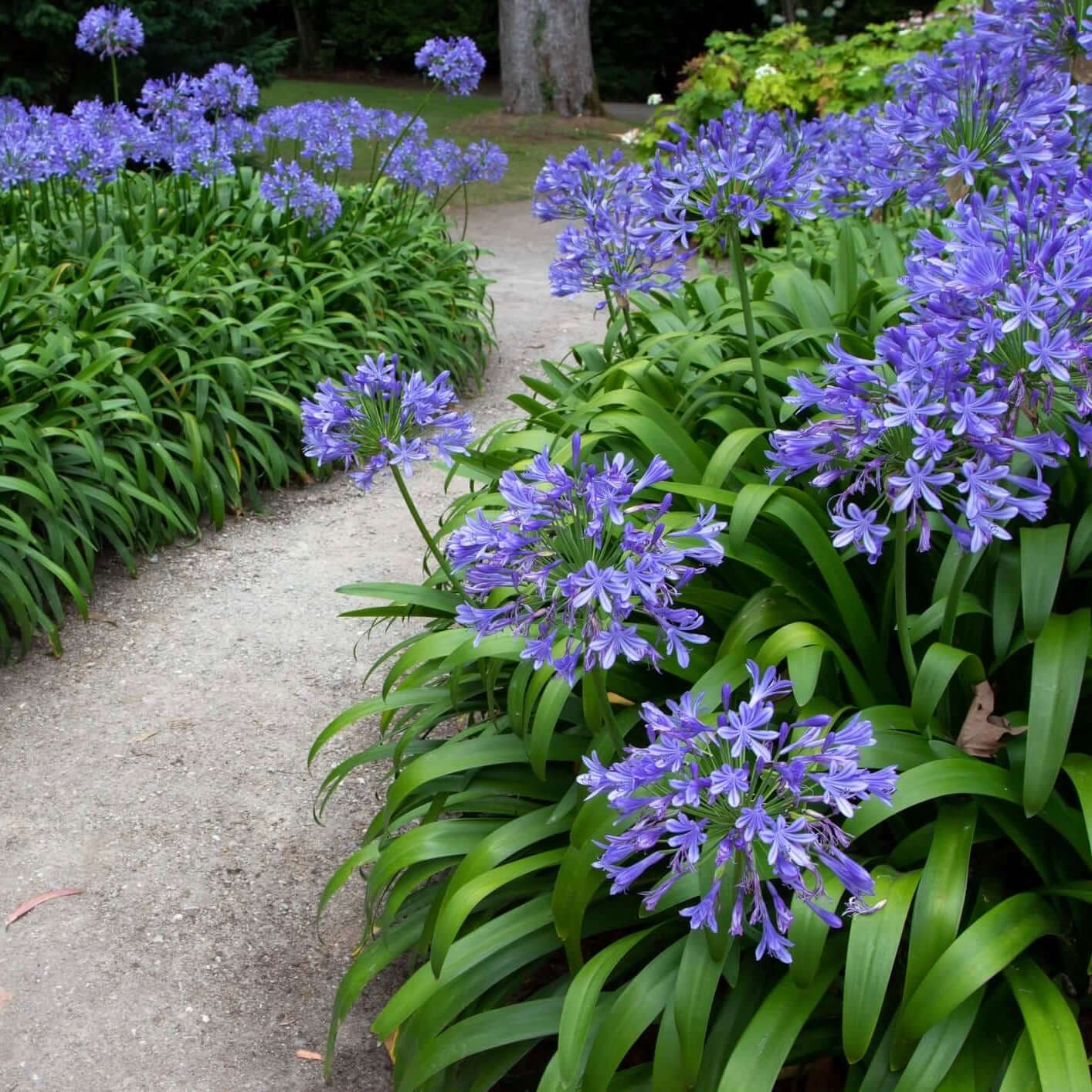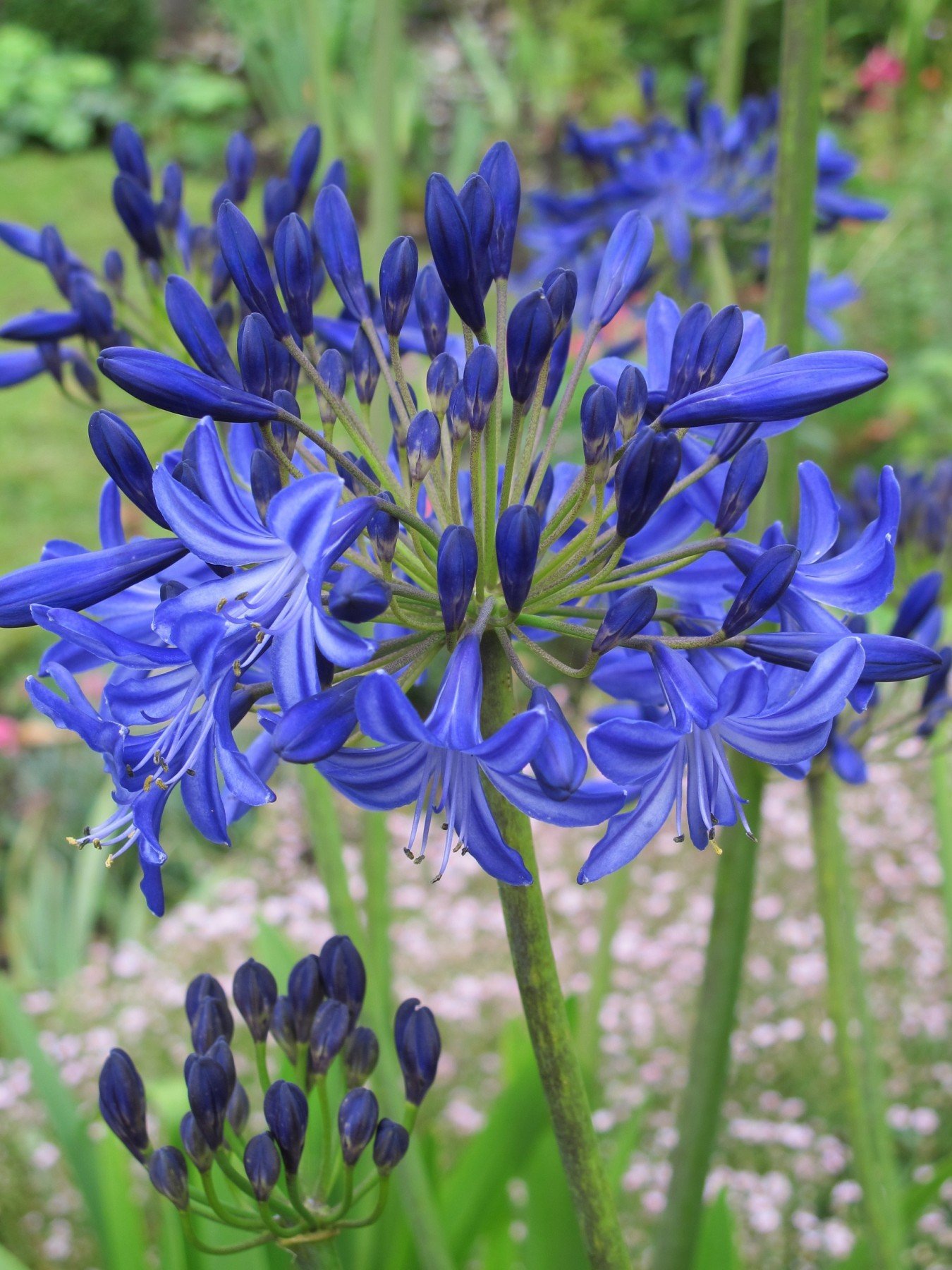Unleashing the Secret to Successful Agapanthus Cultivation: Tips and Techniques for a Flourishing Garden
In the world of gardening, growing agapanthus effectively requires a strategic approach that includes numerous aspects of plant care. With mindful attention to information, one can unlock the tricks to nurturing these magnificent flowers, leading to a yard that flourishes with charm and vibrancy. By recognizing the nuances of agapanthus farming, one can develop an atmosphere where these plants prosper and bloom abundantly. In the complying with conversation, we will check out vital tips and techniques that will certainly guide you towards a prospering agapanthus garden, providing insights right into best methods, dirt conditions, sprinkling techniques, and much more.
Growing Agapanthus: Ideal Practices
When growing Agapanthus, correct soil preparation is essential for making sure effective development and growth of these attractive flowers. Agapanthus, commonly referred to as Lily of the Nile or African lily, prospers in well-draining dirt with a slightly acidic to neutral pH level - Agapanthus. Prior to growing, it is essential to modify heavy clay soils with organic issue such as garden compost or peat moss to boost water drainage and supply crucial nutrients for the plants
To grow Agapanthus, choose a location that receives full sunshine to partial color, as this will certainly advertise healthy and balanced development and bountiful blooming. Dig an opening two times the diameter of the plant's root sphere and put the Agapanthus at the exact same depth it was previously expanding. Delicately backfill the opening with dirt, pressing down securely to remove any type of air pockets around the origins.
Water the freshly grown Agapanthus completely and remain to maintain the dirt evenly damp, specifically during the plant's active expanding period. Agapanthus. Using a balanced plant food once a month can better support the plant's development and blooming. By complying with these best techniques for planting Agapanthus, you can create a stunning display screen of these exciting flowers in your garden
Ideal Dirt Conditions for Agapanthus
For optimum growth and blooming success of Agapanthus plants, making sure the soil problems are perfect is important. Agapanthus favors soil that is abundant in nutrients, so incorporating a balanced fertilizer throughout the expanding period can promote healthy development and vibrant flowers.

Watering and Feeding Tips
To guarantee healthy development and dynamic blooms, proper watering and fertilizing strategies are crucial for effective Agapanthus growing. Agapanthus plants profit from routine watering, specifically during the growing period.
When it concerns fertilizing Agapanthus, a balanced plant food with equal parts nitrogen, phosphorus, and potassium can be used in the springtime to advertise healthy development and flowering. Slow-release plant foods are perfect for supplying nutrients gradually over a prolonged period. Prevent over-fertilizing, as this can result in excessive vegetation growth at the expenditure of flowers.
In addition, incorporating natural matter like garden compost into the soil can improve nutrient degrees and enhance soil structure, assisting in the overall wellness of the Agapanthus plants. By following these watering and feeding suggestions, garden enthusiasts can ensure their Agapanthus plants thrive and create spectacular display screens of flowers.
Trimming and Deadheading Methods
Correct pruning and deadheading strategies play a vital role in keeping the health and appearances of Agapanthus plants, matching the essential methods of watering and fertilizing for successful farming. Pruning Agapanthus entails getting rid of spent flower heads, yellowing or dead fallen leaves, and total shaping of the plant to advertise far better growth. Deadheading, the helpful resources procedure of removing faded flowers, not just enhances the plant's look yet likewise motivates more blooming.
When deadheading Agapanthus, it is suggested to snip off the flower stem at the base utilizing sharp, tidy shears. This process redirects the plant's power from seed production back into root and foliage development, advertising a much healthier and extra durable plant. Regular deadheading can extend the flowering duration of Agapanthus and protect against self-seeding, which can lead to overcrowding.
In regards to trimming, Agapanthus usually benefits from a light trim after blossoming to clean up the plant and urge fresh growth. Cutting back the spent flower stems and removing any type of dead or broken vegetation helps maintain the plant's vigor and overall look. However, it is vital to stay clear of reducing right into the crown of the plant, as this can weaken its health.

Protecting Agapanthus From Pests and Diseases
Applying effective bug and illness management approaches is see here now vital to securing the health and vigor of Agapanthus plants in cultivation. One common bug that impacts Agapanthus is the Agapanthus borer, a caterpillar that passages right into the plant, causing damage to the flowers and fallen leaves.
In enhancement to insects, Agapanthus are at risk to diseases such as origin rot and fungal leaf spots. By remaining watchful and addressing parasite and illness problems without delay, garden enthusiasts can aid their Agapanthus prosper and prosper.

Conclusion
To conclude, successful cultivation of agapanthus calls for appropriate growing techniques, optimal dirt conditions, adequate watering and fertilizing, routine pruning and deadheading, and protection from diseases and insects. By following these methods and pointers, garden enthusiasts can ensure a prospering find more info garden filled up with lovely agapanthus flowers. Agapanthus. Keep in mind to preserve constant care and focus to information to advertise the health and durability of these spectacular plants
When growing Agapanthus, correct soil preparation is necessary for making certain effective development and development of these attractive flowers.Water the newly grown Agapanthus extensively and proceed to keep the dirt uniformly damp, especially during the plant's active growing season.For ideal development and flowering success of Agapanthus plants, making certain the soil conditions are suitable is essential. When growing or hair transplanting Agapanthus, make sure the dirt is well-prepared to provide the essential foundation for the plants to develop themselves successfully. One typical parasite that influences Agapanthus is the Agapanthus borer, a caterpillar that tunnels right into the plant, creating damage to the leaves and flowers.